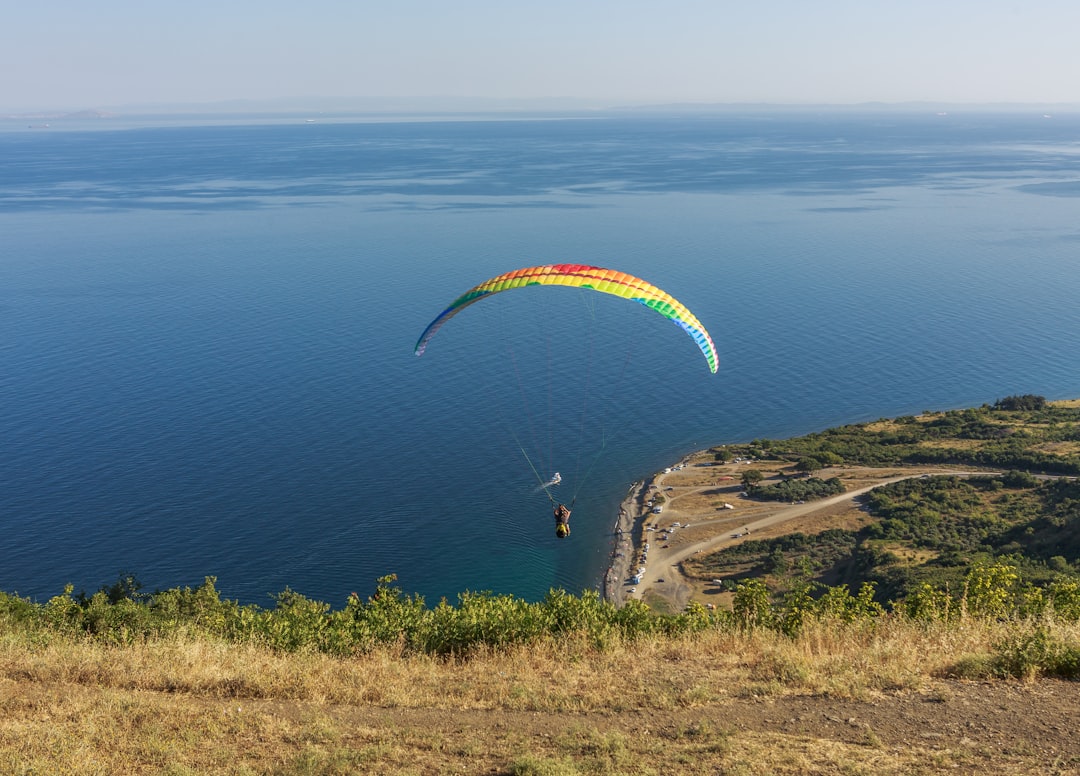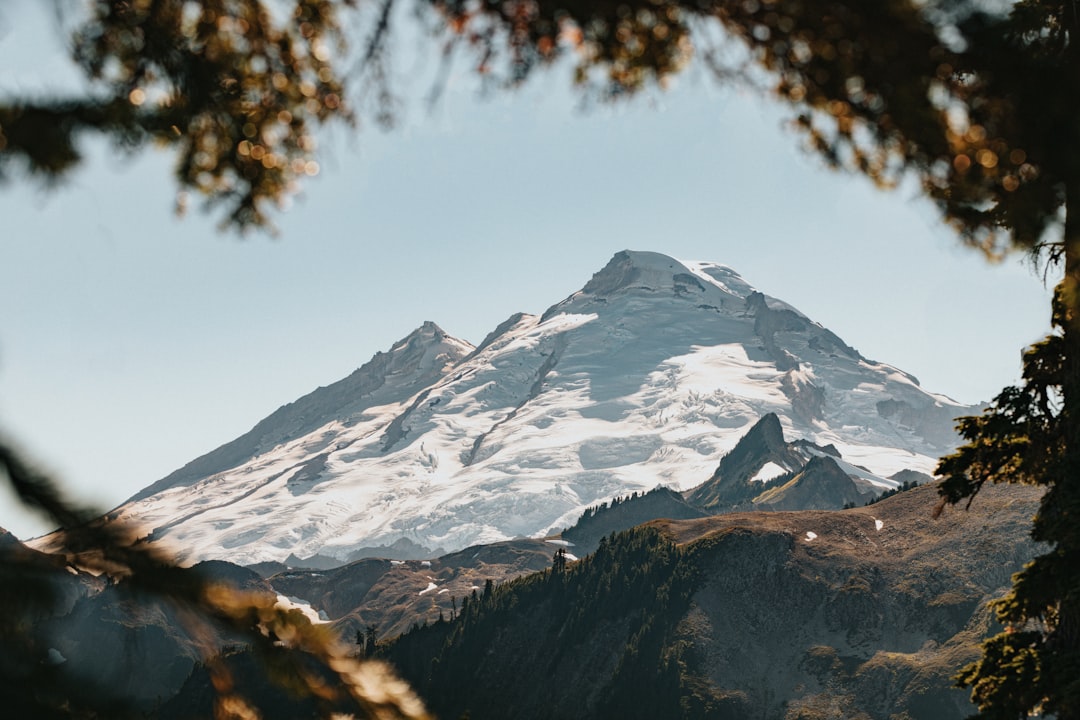
Essential Tips for Exploring Monuments Around the World.
# Introduction. Exploring monuments is an enriching experience that connects us to the past. These historical structures tell stories of cultures, civilizations, and events that have shaped our world. Whether it’s the grandiosity of the Colosseum in Rome or the intricate designs of the Taj Mahal in India, every monument has a unique significance. Each visit can become an unforgettable journey through time if approached with the right perspective and preparation. In this blog post, we will delve into essential tips for exploring monuments, ensuring that your experience is both informative and enjoyable. # Research Before You Go. Before heading out to explore particular monuments, conducting thorough research is crucial. Understanding the historical context, architectural styles, and cultural significance enhances appreciation. A good starting point is to read travel guides, online resources, and books dedicated to the monuments you plan to visit. Websites like UNESCO World Heritage and various tourism boards provide valuable insights. Knowing the monument's operating hours, entry fees, and any special events will also help you plan effectively. Many monuments have guided tours that offer detailed stories behind them, making it worthwhile to learn about these in advance. # Visit During Off-Peak Hours. Timing is everything when visiting popular monuments, as crowds can greatly affect your experience. To enjoy a more serene atmosphere and better photo opportunities, consider visiting during off-peak hours. Early mornings or late afternoons usually see fewer tourists. Additionally, weekdays tend to be less crowded than weekends and holidays. Visiting during these quieter times allows for a more intimate exploration of the monument, giving you space to reflect upon and absorb all the intricate details without feeling rushed. # Dress Appropriately and Be Respectful. When exploring monuments, dressing appropriately is essential, especially in places of worship or sites with cultural significance. Understanding the local customs regarding attire can enrich your visit and showcase respect for the culture you are experiencing. Opt for comfortable footwear, as exploring these sites often requires extensive walking or standing. Always consider weather conditions and dress accordingly, as many monuments lack shelter from the elements. Respecting the space by adhering to any guidelines provided on site is paramount, such as avoiding flash photography or touching the structures. # Utilize Guided Tours and Audio Guides. Taking advantage of guided tours or audio guides can significantly enhance your understanding of a monument. Many sites offer group tours led by knowledgeable guides who can share fascinating stories and facts that you might miss on a self-guided tour. If you prefer to explore at your own pace, renting an audio guide is a fantastic alternative. These often provide in-depth information about various elements of the monument while allowing you to absorb the atmosphere at your own speed. # Engage with Locals and Other Travelers. Connecting with locals and fellow travelers can provide unique perspectives and insider knowledge about the monument and surrounding areas. Locals often have stories or anecdotes that are not found in any guidebook. Engaging with people can also point you to lesser-known monuments or surrounding landmarks worth exploring. Social media platforms and travel forums can be excellent resources for advice on local customs or hidden gems that you might otherwise overlook. # Reflect and Take It All In. Lastly, make sure to take time to reflect while visiting the monument. Step back and appreciate the architecture, the philosophical ideas behind its construction, or simply the atmosphere of the environment. Taking a moment to be present allows you to connect with history on a deeper level. Take photographs to capture your visit, but also remember to put down your phone and engage fully with your surroundings. Sometimes, the most memorable experiences happen when we least expect them. # Conclusion. Exploring monuments is not just about sight-seeing; it’s about experiencing the echoes of history preserved in the stones and structures around us. By conducting research, visiting during quieter times, respecting local customs, engaging with others, and taking time for reflection, you ensure that your monument explorations are truly enriching. These tips will help create memories that last a lifetime while deepening your appreciation for our world's architectural heritage. .








